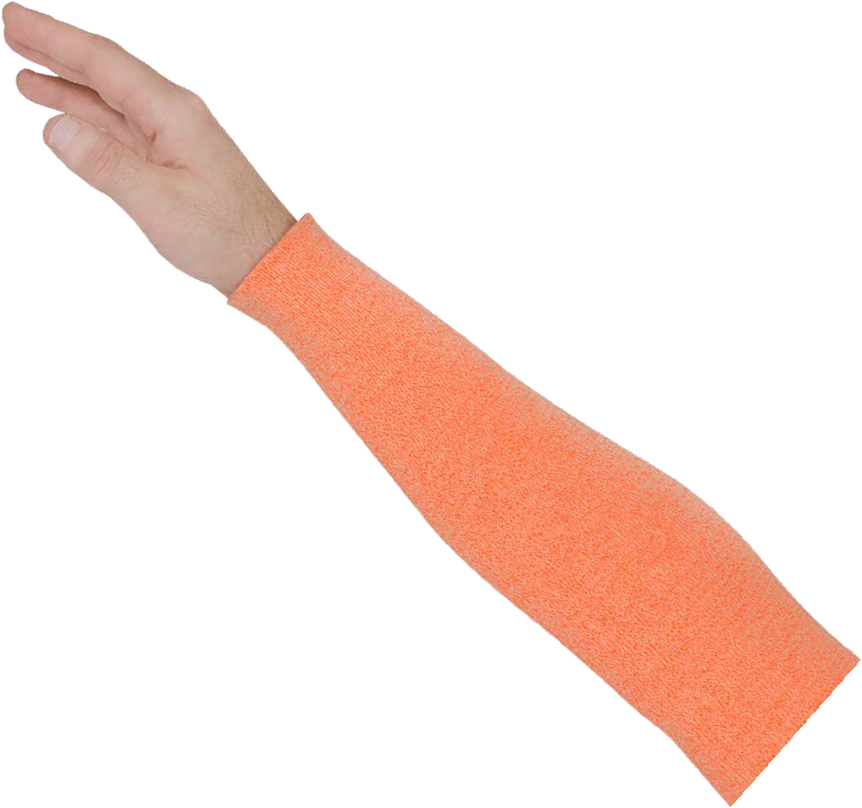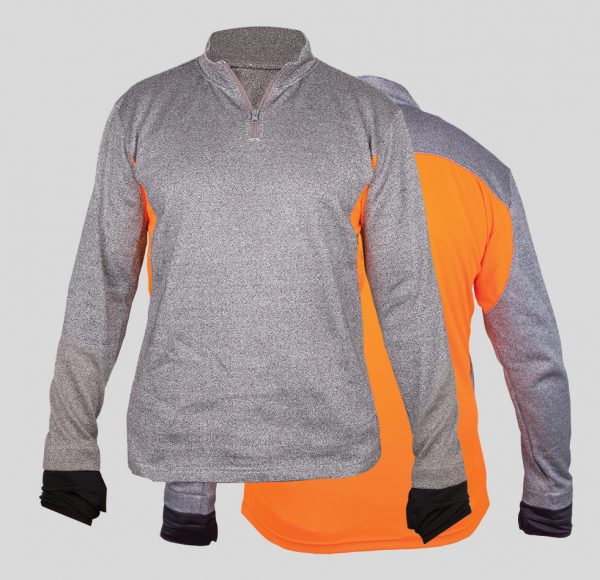
17 Apr Protecting arms with sleeves
Achieving the perfect balance between comfort and safety is a perennial challenge. The safest PPE isn’t really safe if your team can’t stand to wear it. Fortunately, technology and innovation are constantly at work with new products that enhance comfort and protection.
Some jobs involve abrasions and other hazards to more than just hands. If long sleeves are insufficient for keeping arms from getting scratched, protective sleeves can be worth the investment. In warm weather, some workers find they stay cooler when they wear short sleeves in combination with protective sleeves on their arms than if they wear long sleeves.
Getting it To Stay Put
The most critical consideration is finding a sleeve that will stay where it belongs without bunching up and impeding movement or leaving vulnerable areas of the forearms exposed to abrasions. People who wore sleeves in the past had to contend with scratchy fibers and knitted material that often would become saggy and require constant adjustment. To compound the discomfort, the material was hot enough to pose a risk of raising core temperatures to unsafe levels in hot weather. Other styles were so constrictive at the wrist and bicep that blood circulation was impaired.
There are a wide variety of materials and styles available today. Yarns incorporating newer fibers that feel cool and comfortable while still offering a high level of protection have made sleeves a lot more attractive.
Workers in a lower risk jobs tend to favor a style that is relatively sheer and clings like a stocking. These are similar to compression sleeves worn by athletes, but offer higher cut and abrasion resistance values.
Thumb Holes or Not

Some sleeves are manufactured with a “thumb hole,” which eliminates any possibility of the sleeve ever sliding back and exposing wrists or forearms. A sleeve with a thumb hole is worn partially covering the palm of the hand, and the thumb joint provides a hook that keeps the material from leaving any vulnerabilities just beyond the cuffs of your gloves.
Although the majority of sleeves in use in industry are being used to protect arms from cuts and abrasions, there are other tasks that require protection from other things like needle sticks, chemical splash, or impacts. If you need a sleeve to protect from these hazards, they are also available. If you have any other special requirements for a sleeve, your supplier may have a line on a sleeve that can do what you need it to do.
Beyond Arm Protection
For those tasks that require heavy-duty abrasion and cut resistance of more than just hands and arms, there are garments originating out of the glass-handling industry that can protect not only arms but torso and neck as well. There are pullovers available that offer excellent cut protection while still delivering a tolerable comfort level thanks to modern yarns and manufacturing techniques.

Our exclusive Cut Armor™ line of cut resistant pullover features protective knit fabric in every conceivable surface that deserves protection, but the back and underarms consist of a light hi-vis fabric to allow maximum comfort. The midriff even has an added panel of protective material sewn in to ensure long service life even in the highest wear zones of the garment.
Gloves and shirtsleeves quite often aren’t effective enough protection to keep your team’s arms and wrists from harm. Talk to your HUB representative to find the best sleeves for your purposes.



No Comments